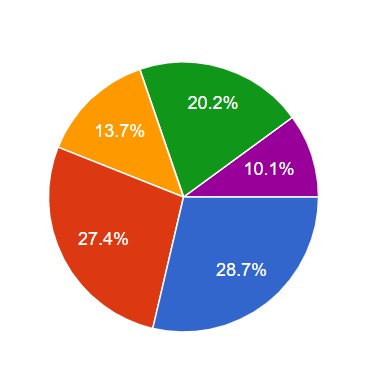This month's book vote sees five Air Campaign titles battling for your vote. Read the full descriptions and cast your vote by clicking on the link below. Plus, check out the results of last month's Duel book vote.
The Hump 1942–45: The heroic airlift over the Himalayas that kept China fighting
Brest 1940-42: Targeting the Kriegsmarine’s Atlantic port
The Blitz 1940–41: The Luftwaffe turns to Britain’s cities
Target Gestapo 1942–44: The low-level Mosquito raids on Oslo, Copenhagen and Aarhus
Yom Kippur War 1973: Israel’s battle to overcome Soviet MiGs and missiles
The Hump 1942–45: The heroic airlift over the Himalayas that kept China fighting
When the Burma Road was cut, the only way to supply Allied forces in China – Chiang Kai-shek’s Nationalists and Claire Chennault’s USAAF units – was over the Himalayas. No airlift on this scale has been attempted before, there were no units dedicated to such tasks, and it had to be flown in the face of both Japanese air power and extreme hazards of crossing the Himalayas in unsophisticated aircraft. Yet the Tenth Air Force and then Air Transport Command – the United States’ first strategic airlift command – did it, lifting more than half a million tons of cargo and keeping the China theatre fighting until 1945.
Brest 1940–42: Targeting the Kriegsmarine’s Atlantic port
From the invasion of France to the Channel Dash, the great French port of Brest was key to Germany’s powerful surface fleet’s ability to operate in the Atlantic. It was therefore a significant target, and for most of 1941 the Scharnhorst, Gneisenau, and Prinz Eugen lay in its docks. This book examines the struggle between Bomber Command and the Germans’ heavily defended Breton port, until in 1942 the Channel Dash ended Germany’s surface threat in the Atlantic.
The Blitz 1940–41: The Luftwaffe turns to Britain’s cities
The closing stages of the Battle of Britain developed into a new Luftwaffe campaign, targeting not airfields but cities and industry. Not only London but cities across Britain were hit, from Belfast, Glasgow and Liverpool to Hull and Southampton. The campaign has become a popular icon of Britain’s experience in World War II, but this book will examine the air power story of the campaign, from early electronic warfare and nightfighter development to the Luftwaffe’s effectiveness.
Target Gestapo 1942–44: The low-level Mosquito raids on Oslo, Copenhagen and Aarhus
Some of the most spectacular precision raids of World War II were conducted by the superb Mosquito light bomber against city-centre targets in occupied Denmark and Norway – the local headquarters of the Gestapo. This book explains the backgrounds to and motivations for these three operations, the challenges of hitting a single building with World War II technology, and the operations themselves, whose results varied from tragic failure to spectacular success.
Yom Kippur War 1973: Israel’s battle to overcome Soviet MiGs and missiles
Having destroyed four Arab air forces in a single day in 1967, Israel was shocked by the new capabilities of its foes when war came again in 1973. Equipped not only with modern Soviet jets but also with integrated Soviet AAA and missile systems, and with Egypt having gained experience from the War of Attrition, the Arab states mounted a formidable challenge to Israel’s air force, particularly in making it difficult and costly to provide close air support. This book will explain how the various sides’ capabilities compared, and how by the end of the war Israel had regained the upper hand.
Last month, we asked what you would like to see published in our Duel series. Thank you to everyone who voted and provided feedback. The results saw two books fighting to win, check out the full results below to find out more!

| Valentine Infantry Tank vs Panzer III Ausf. F–J: North Africa 1941– 43 | 28.7 % |
| Crusader tank vs Carro Armato M13/40: Western Desert June 1941–May 1943 | 27.4% |
| Soviet T-34 vs Hungarian 40M/41M: Galicia 1944 | 13.7 % |
| Comet vs Panther: Germany 1945 | 20.2% |
| USMC Applique Armor vs Japanese AT weapons: Iwo Jima 1945 | 10.1% |


Comments
You must be logged in to comment on this post. Click here to log in.
Submit your comment